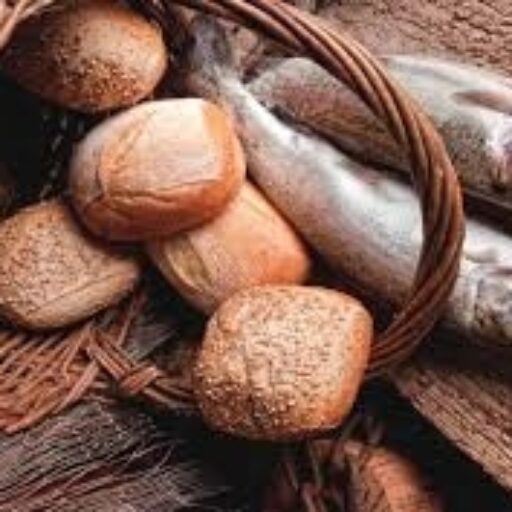33rd Sunday of the year
(Another of The Furrow installments!!)
Within walking distance of Ground Zero, New York, is found a memorial to the victims of the Irish Famine. It’s an amazing piece of work – approaching it from one side you see a high wall with place names, quotations from accounts of the famine, statistics and details of the impact it had on our country. The counties and many place names of Ireland are included. Many might see this as the memorial but, in reality, that’s only the backdrop. It is literally the reverse side of the intended memorial – yes, of course, part and parcel of the design but you could almost say a “lean-to” to the main focus of the memorial.
The memorial is best approached from the other side and, it’s on that approach, the reality is best displayed. It is a fallen down cottage, nested on a little hill that gives life to hungry rushes, patches of grass and all that is familiar to anyone who has ever wandered through, never mind lived in rural Ireland. It’s so real. The cottage, taken stone by stone, from a townland in the parish of Attymass, Co. Mayo was re-birthed in its adopted surrounds of Battery Park, New York. Re-birthed like so many who travelled from Mayo and the other 31 counties of our country in search of new life and hope. As they went, they left the cottages behind and, in the words of another tune; “Castles tall, houses small, left alone, all fall down” – that’s what the memorial represents – the emptiness left behind, the falling in of the house, the quenching of the fire … stones left to crumble.
Surely that’s what Jesus is talking about in today’s Gospel passage. The admired temple, it too without love and left alone, will fall in on itself. It is truly dependant on people’s love – literally the movement of feet in prayerful attendance to keep it alive, relevant and fresh in the hearts and minds of people. If just looked at from a distance, admired as a piece of art, its full potential will not be reached. That house in Attymass was once a temple. Its kitchen table, the alar – its s rooms the sacristy, its door the entrance to a place of prayer and worship. Its floor the concrete kneeling board where family prayer found its launch and, its family, the congregation called to faithful service and mission. It emptied though, hunger and death – worry and emigration took a lasting toll.
It took a lot to transport that fallen cottage from its Attymass foundation but it sits well and speaks a sad but pride-filled message in its new setting. It took a keen eye to see the potential of that cottage to tell a story to people who might otherwise never hear. Whatever it took, it was worth it and necessary.
Is there, as we near the end of the Church’s Year of Faith, a call here to protect the building, not just admire it – to be partakers not just onlookers and to recognise the true beauty of our Church which, like the Famine Memorial in the shadow of the fallen and desecrated towers, is best approached from the other side where the view reminds us of home, calls us home and makes us better people? Is there a need for the imaginative and creative eye that can see us in a better setting where the story can be told?
Like the Mayo Cottage, the church in which we now gather has a story to tell also. As long as we gather to hear and share that story it will be safe, solid and present for in our gathering it is not left alone, it is not unloved – it lives and breathes.
